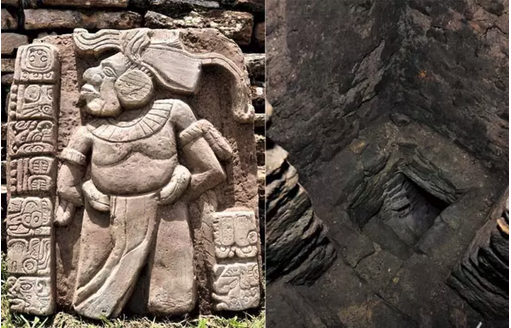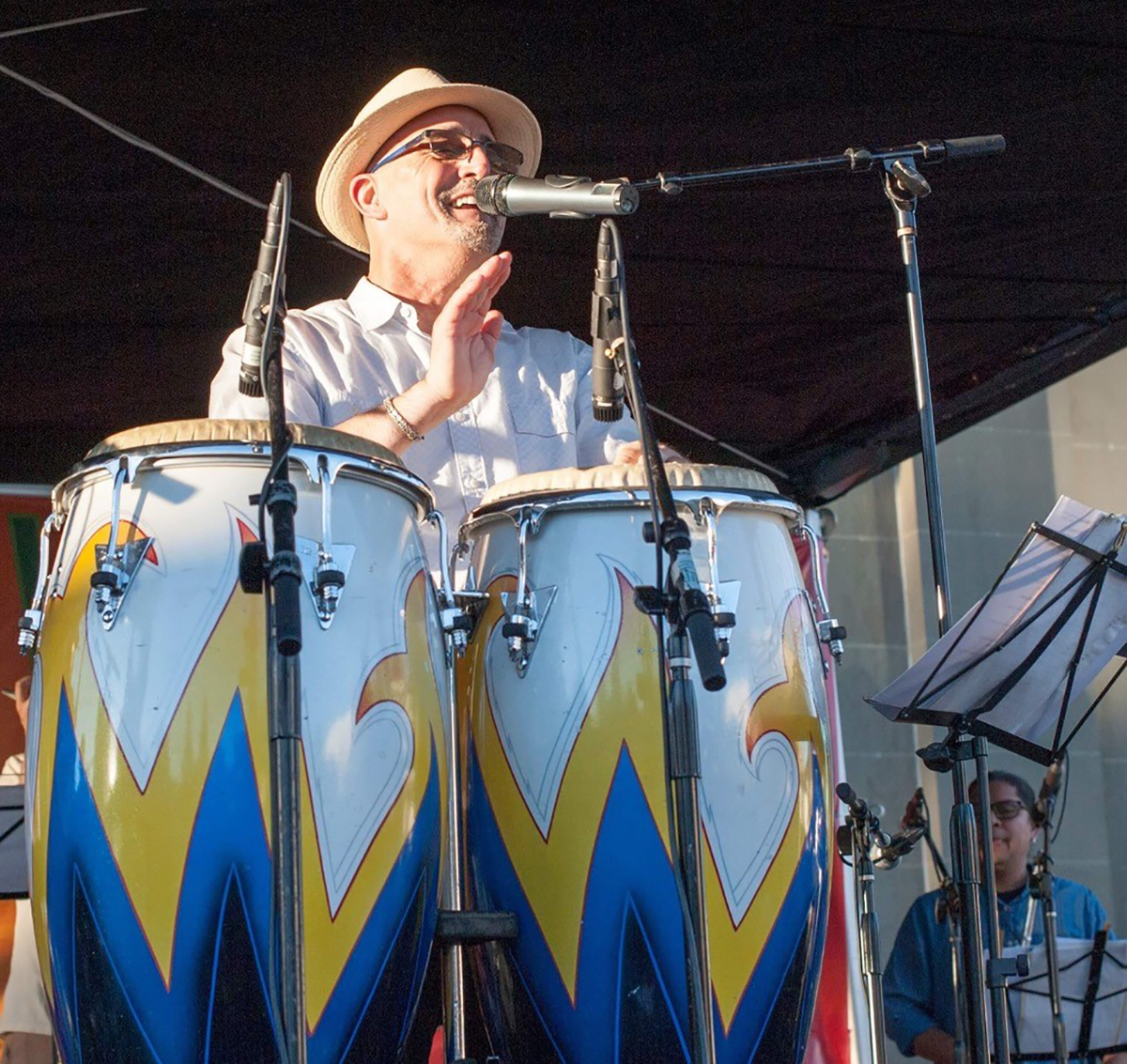Only four states remain free of the ‘intensely expansionist’ criminal organization
by México News Daily
The Jalisco New Generation Cartel (CJNG) operates in Mexico City and 27 states, and is the dominant criminal organization in six states, according to a report by the United States Congressional Research Service (CRS).
A map published in the report shows that Sonora, Sinaloa, Durango and Tlaxcala are the only states where the CJNG doesn’t have a presence. It also shows that the CJNG is the dominant criminal force in its home state of Jalisco as well as Nayarit, Colima, Guerrero, México state and Veracruz.
Entitled “Mexico: Organized Crime and Drug Trafficking Organizations,” the report said the CJNG is an “extremely powerful cartel” with a “reputation for extreme and intimidating violence.”
The Drug Enforcement Administration (DEA) “considers the CJNG a top U.S. threat and Mexico’s best-armed criminal group,” the CRS said, noting that U.S. authorities have offered a US $10 million reward for information leading to the arrest of cartel leader Nemesio “El Mencho” Oseguera Cervantes, “who is believed to be hiding in the mountains of Jalisco, Michoacán, and Colima.”
Informed by media reports, the CRS report acknowledged that, according to some analysts, the CJNG has drug trafficking operations throughout the Americas, Asia, and Europe.
“The CJNG built its dominance internationally first through extending its presence through a rapid expansion inside Mexico,” it said.
“In 2016, many analysts maintained the CJNG controlled a territory equivalent to almost half of Mexico. The group has battled Los Zetas and Gulf Cartel factions in Tabasco, Veracruz, and Guanajuato, as well as the Sinaloa … [Cartel] in the Baja Peninsula and Chihuahua. The CJNG’s ambitious expansion campaign was characterized by high levels of violence, particularly in Ciudad Juárez and Tijuana.”
The CRS also said that the CJNG has consolidated “important components of the global narcotics supply chain” through its battle to dominate key ports on both the Pacific and Gulf coasts.
“In particular, the CJNG maintains reported control over the ports of Veracruz, Manzanillo, and Lázaro Cárdenas, which has given the group access to precursor chemicals that flow into Mexico from China and other parts of Latin America,” the report said.
“As a result, according to some analysts, the CJNG has pursued an aggressive growth strategy underwritten by U.S. demand for Mexican methamphetamine, heroin, and fentanyl. … Despite leadership losses, the CJNG has extended its geographic reach and maintained its own cohesion while exploiting the infighting among factions of the Sinaloa organization.”
The CRS described the cartel as “intensely expansionist” and acknowledged its “willingness” to attack government officials, such as Mexico City Police Chief Omar García Harfuch.
The report also profiled eight other major Mexican criminal groups, including the Sinaloa Cartel, the Gulf Cartel and La Familia Michoacana.
Once headed by imprisoned drug lord Joaquín “El Chapo” Guzmán, the Sinaloa Cartel is the “the Mexican crime organization with the largest international footprint,” CRS said. Its report cited a DEA estimate that the cartel was active in 15 of 32 Mexican entities in 2020 and noted that its leaders have successfully corrupted public officials from the local to the national level.
The report also said that many lawmakers in the current U.S. Congress are concerned about cartel-related violence in Mexico and its impact on border security.
“Some members have been evaluating the amounts and effectiveness of U.S. counternarcotics and security assistance to Mexico and assessing the overall U.S.-Mexico security relationship. Additional concerns focus on how … [cartel]-related violence has imperiled some licit economic sectors, negatively affected U.S.-Mexico trade, and contributed to the internal displacement and outmigration of Mexican citizens,” it said.
“Congress has engaged regularly with these issues, holding hearings, appropriating funds to support Mexico’s anti-crime efforts, and issuing directives and reporting requirements to U.S. agencies.”









